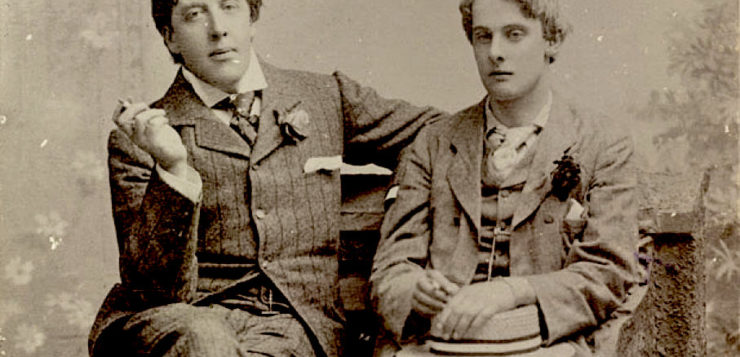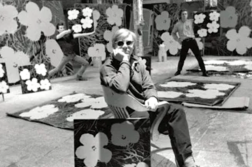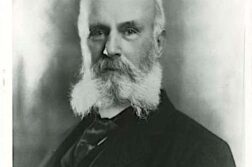AS GLBT PEOPLE, or at least those in Europe and North America, have approached the mountaintop and can at last cast their eyes on the promised land of true liberation, we are in the process of redefining our identities, which also means reexamining our histories. Perhaps the seminal event in the definition and fate of the modern “gay movement” was the late 19th-century disgrace and tragic end of Oscar Wilde. Wilde’s two trials made homosexuality a public moral, social, and political issue in Europe and the United States, and provoked widespread conservative reactions against homosexuality across two continents. Did Wilde’s wavering and reluctant but ultimately open defense of his sexual orientation promote or retard the cause of GLBT rights? Was Wilde a liberating figure comparable to Lincoln or Martin Luther King or did he set back the “movement” as it would be defined today?








Discussion1 Comment
This article is kind of terrible. Stop trying to blame Wilde for homophobia. Things wouldn’t have been that different without Wilde. I’m more inclined to believe they’d have taken a little longer without him. Of course queer people wrong sad things about being queer. They must have had so much shame weighing upon them back then, plus the unlikelihood of getting anything positice published. And give me a break – even if people were tolerating of it on the down low, the general belief was a very heavy and violent one in favor of heterosexuality and the strict policing of sexuality, especially in public. In India today it’s ok for married men to have a male plaything on the side as long as he marries a woman…. But no one is arguing that India is some bastion of freedom for gays. It’s a sexually very conservative country. A lot of Indians I meet in the US are like 3x as reticent about sexuality as white Americans… They believe they must get married because their families insist and they lie to their parents pretending not to have premarital sex. And my Indian roommate in 2012 in this very gay, liberal city told me I was the only gay person she knew!
Anyway, this article ends with an awful and unresearched inaccuracy. It’s completely false that Rosa Parks changed the world unintentionally. She was a trained activist and the action was 100% intentional.